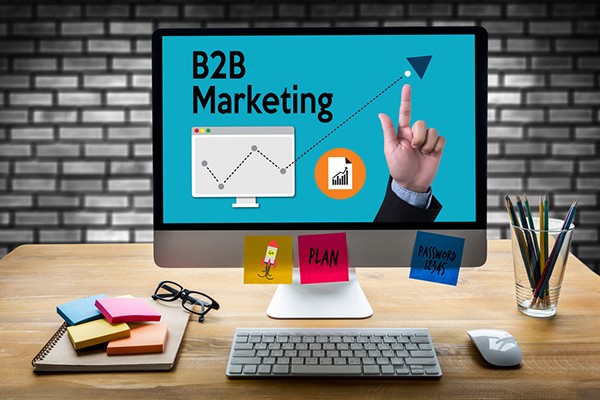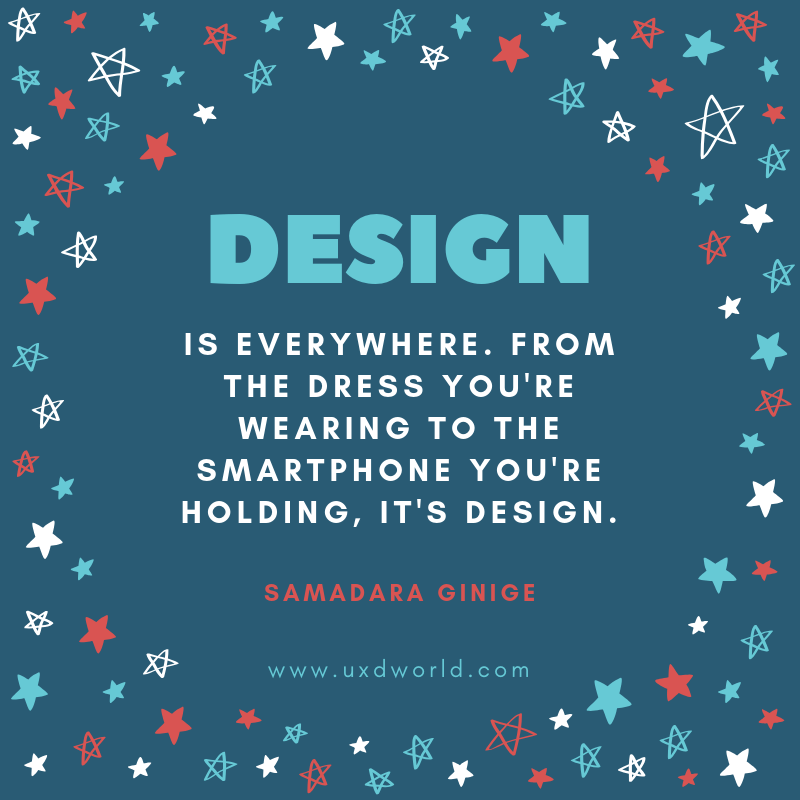The term “graphic design” was first coined in 1922 by American type designer William Addison Dwiggins but the practice has been with us since the very start. The first examples we have of using images to communicate messages or narratives were the usage of Mesopotamian cuneiform and ancient Egyptian hieroglyphics.

Graphic design, at least in colonial America, had its official start with Benjamin Franklin’s masterful use of utilizing his newspaper The Pennsylvania Gazette to promote his own books and influence the public. Prior to Franklin, advertising in the colonies imitated the scrambled type and uneven lines that was typical of ads in British publications. Franklin added illustrations and was the first to use illustrations and logos to highlight specific details in marketing products.
So what does this have to do with social media? The explosion of visual communication in the past two centuries has erased the distinction between graphic design, fine art and advertising; they share the same elements, theories, practices and languages. Social media is communication and what is graphic design but the practice of visual communication via photography, iconography, typography and illustration. There’s room for crossover.
In my experience so far, these are the following ways that social media has impacted graphic design:
- It is important to include logos into any visuals meant for social media. It has been proven that an image with a logo will attract will attract more exposure on social media than one without one.
- Be mindful that what works for Instagram does not necessarily translate to Snapchat or whatever social media platform your business is active on. All of them have different sets of requisites. More work!
- Avoid as much as text as possible. Attention spans have decreased drastically with the advent of the Internet. TL;DR: Less is more.
- Social media is now a core consideration and has to be addressed with the same attention that one would give to a campaign on TV or print.
- When looking at branding a company a social media presence is a now a core consideration and has to be addressed with the same level of thought that the section on brand guidelines that covers social media activity is a weighty tome indeed.
- The days when Madison Avenue executives would rely on surveying focus groups are long gone. Social media is imperfect but provides a window into a group’s mindset and how people think and opine freely without regards for consequence.
- If social media is a window to culture, it is also a content aggregator. It influences as much as it reflects and due to how engaging it is, social media can create and shift trends with ease.
- It’s now easier than ever before to self-promote and reach large numbers of people. If you’re not posting on Instagram or Facebook, you are most certainly posting on a website like Behance. Also you can get constructive feedback a lot faster.
- A big emphasis on video. You’re always on a war for people’s attention.
The question should now be reversed: do you know someone or even a ad agency that has not been impacted by the advent of social media! Let me know!




